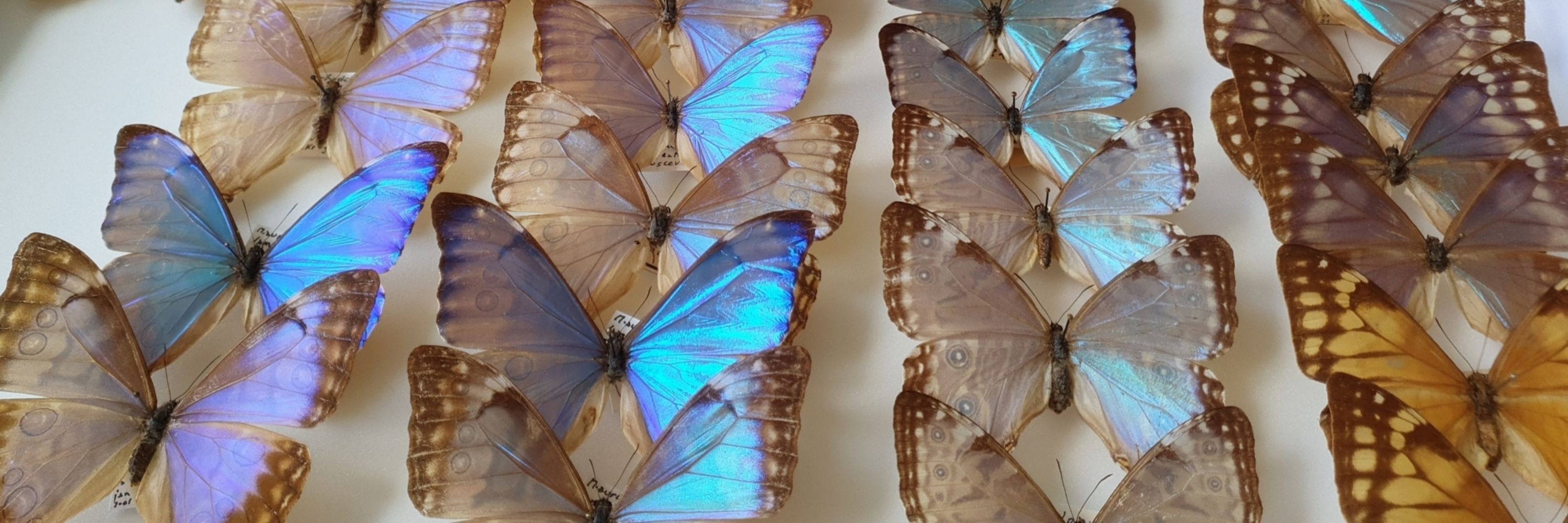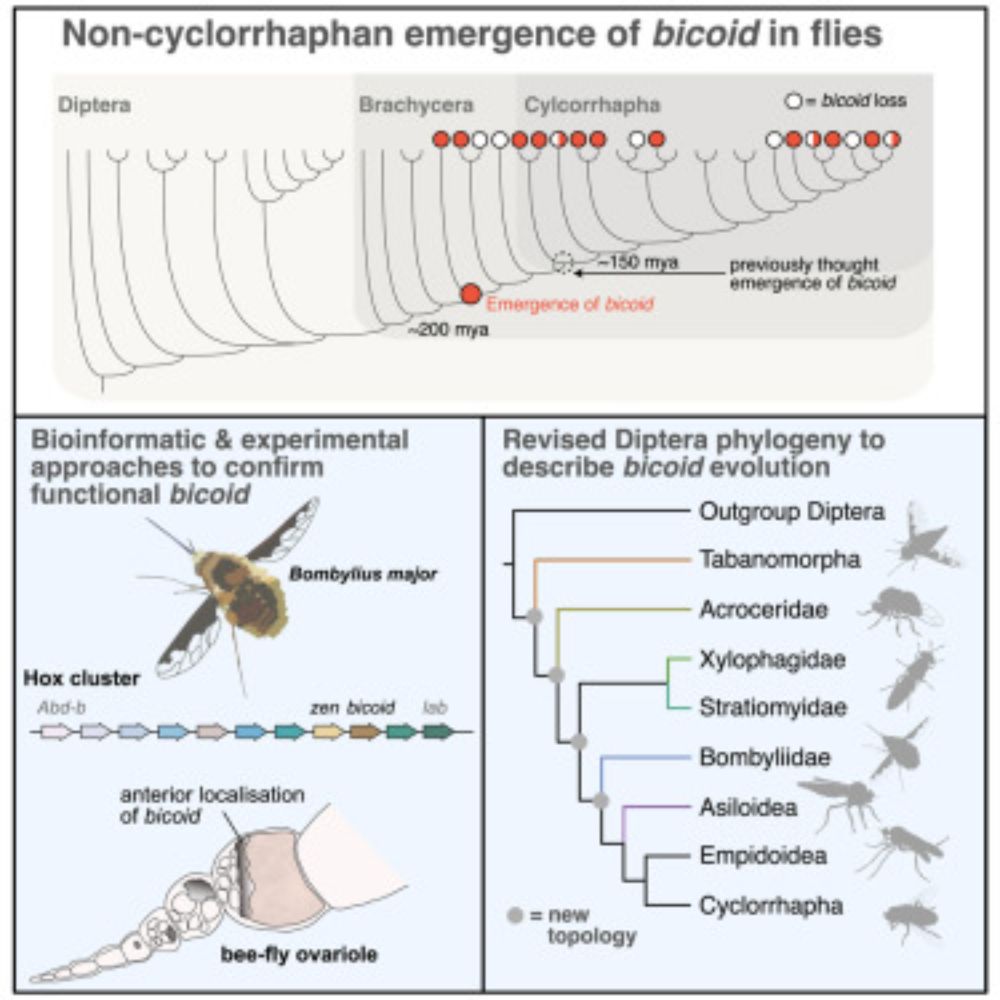
https://juliendevi.github.io/

academic.oup.com/gbe/article/...
Working on a deep dive into circuit changes during mushroom body expansion in Heliconius butterflies @camzoology.bsky.social
- employment benefits
- 4 years funding
- 1000% fun
Deadline: 14/1/2026
Details:
www.cam.ac.uk/jobs/researc...

Working on a deep dive into circuit changes during mushroom body expansion in Heliconius butterflies @camzoology.bsky.social
- employment benefits
- 4 years funding
- 1000% fun
Deadline: 14/1/2026
Details:
www.cam.ac.uk/jobs/researc...
doi.org/10.1002/cne....
🧪🕷

doi.org/10.1002/cne....
🧪🕷


www.findaphd.com/phds/project...
Please contact Lena by email for informal enquiries.

This study was led M. VanderGiessen, F. Upshur & M. Cartadena-Guzman. A great collaboration with L. Escobar & @thevinaugerlab.bsky.social!
@globalchangebio.bsky.social @vtbiochemistry.bsky.social
academic.oup.com/jme/article-...

This study was led M. VanderGiessen, F. Upshur & M. Cartadena-Guzman. A great collaboration with L. Escobar & @thevinaugerlab.bsky.social!
@globalchangebio.bsky.social @vtbiochemistry.bsky.social
academic.oup.com/jme/article-...
There is SO much left to find & investigate in this dataset (& the rich biology of the Aedes aegypti mosquito)! We hope this helps scientists in many fields!
www.cell.com/cell/fulltex...

There is SO much left to find & investigate in this dataset (& the rich biology of the Aedes aegypti mosquito)! We hope this helps scientists in many fields!
www.cell.com/cell/fulltex...
@blancaac.bsky.social

@blancaac.bsky.social
Our new #meta-analysis of comparative studies finds support for a positive relationship, but the rather moderate global effect suggests it’s not necessarily a dominant force.
doi.org/10.1093/evle...

Our new #meta-analysis of comparative studies finds support for a positive relationship, but the rather moderate global effect suggests it’s not necessarily a dominant force.
doi.org/10.1093/evle...
↘️ link.springer.com/article/10.1... ↙️

↘️ link.springer.com/article/10.1... ↙️
We find the fly development gene bicoid is much older than previously thought (~20 million yrs older!) 🪰🧬
To pinpoint its origins we tackled the Diptera phylogeny, providing some resolution (many open questions remain).
🔗 tinyurl.com/2vyuevpy

We find the fly development gene bicoid is much older than previously thought (~20 million yrs older!) 🪰🧬
To pinpoint its origins we tackled the Diptera phylogeny, providing some resolution (many open questions remain).
🔗 tinyurl.com/2vyuevpy
Study the implications of vision on sleep using drosophila as a model.
Apply by end of November
we have a BBSRC funded #phd position open!
A cool project utilise #drosophila transcriptome and connectome to map out the novel #sleep controlling visual pathway!
see details here:
https://www.kofanchenlab.net/come-join-us
please boost and spread the words!

Study the implications of vision on sleep using drosophila as a model.
Apply by end of November
You can now apply for the Giuseppe Levi Post-Doc Fellowship (2 years, Neurobiology, EU citizens).
Deadline: 10 Nov 2025 – 18:00
For more info selezionionline.lincei.it and email me!
You can now apply for the Giuseppe Levi Post-Doc Fellowship (2 years, Neurobiology, EU citizens).
Deadline: 10 Nov 2025 – 18:00
For more info selezionionline.lincei.it and email me!
doi.org/10.1093/gbe/...
#Phylogenomics

doi.org/10.1093/gbe/...
#Phylogenomics

We ran a huge experiment to find out how ecological context favours camouflage and warning colouration as antipredator strategies. 1/6
www.science.org/doi/10.1126/...

We ran a huge experiment to find out how ecological context favours camouflage and warning colouration as antipredator strategies. 1/6
www.science.org/doi/10.1126/...
Many thanks to @roliroberts.bsky.social for their professional handling of the manuscript

Many thanks to @roliroberts.bsky.social for their professional handling of the manuscript

When they close their wings up, they resemble a broken twig.
Native to large parts of Europe, there's regional pattern variation that reflects the local tree species. This one best resembles birch twigs?
When they close their wings up, they resemble a broken twig.
Native to large parts of Europe, there's regional pattern variation that reflects the local tree species. This one best resembles birch twigs?
🔗 doi.org/10.1093/molbev/msaf204
#evobio #molbio #cichlids

🔗 doi.org/10.1093/molbev/msaf204
#evobio #molbio #cichlids

royalsocietypublishing.org/doi/10.1098/...
www.biorxiv.org/content/10.1...
royalsocietypublishing.org/doi/10.1098/...
We found mutually exclusive evolutionary pathways to multidrug resistance in E. coli & P. aeruginosa - some resistance mechanisms actively prevent others from coexisting www.biorxiv.org/content/10.1...

We found mutually exclusive evolutionary pathways to multidrug resistance in E. coli & P. aeruginosa - some resistance mechanisms actively prevent others from coexisting www.biorxiv.org/content/10.1...


